Farmers use a straw for many uses. It makes a great mulch; it can be baled and used as a barrier for the garden or farm. Often, a farmer will have straw left over at the end of the season. Can you compost straw? What do you need to be concerned about?
Overall, straw is a great component to compost, but there are a few things to pay attention to. We will discuss whether you can compost straws, when, how and what to avoid.
What is Straw?
As a first step, let’s ensure we are discussing the same thing. It might seem odd, but sometimes there’s some confusion about what straw actually is and it’s important.
Straw is what you have left over after field hay has been stripped of its grain or seed heads. This is a process called winnowing.
Straw is largely sterile. It’s often sold or made into bales, basically big blocks of straw.
Straw or Hay?
Straw can often be confused with hay. Hay is different from straw. Hay is a plant that has been cut, dried, and stored. It’s usually used for animal feed for cows, horses, or any number of other animals. It has much more nutritional value than straw and still contains the seeds for the plant.
The type of plant varies. It might be something like alfalfa, clover, grass, or other plants. Hay still has the plants’ stems, leaves, and seed heads, and you don’t want to compost it because it will often sprout in the compost.
Straw has the seed heads removed and has very little nutritional value.
Can You Compost Straw?
You can compost straws. It’s a great brown material with a lot of carbon and is used as the foundation for mushroom compost. It makes a great addition to compost, or you can even use it to create a compost bin where it is both adding to the compost and creating a completely natural bin.
Straw attracts earthworms who help in the composting process and are a great addition to your garden. This is a great side benefit of adding straw to your compost bin.
There are a few exceptions to when you want to compost straw, though. Let’s take a look at those.
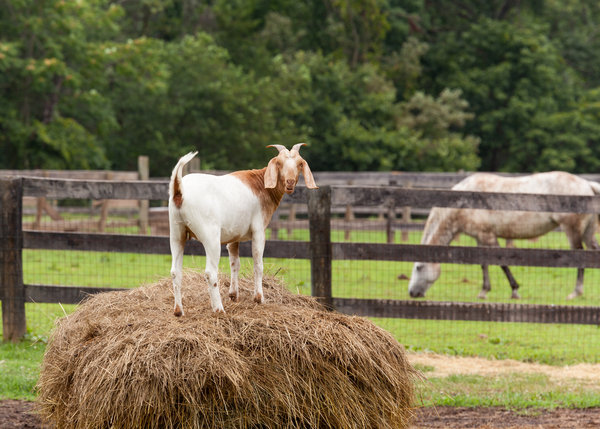
Composting Straw as Animal Bedding
Straw is often used as bedding for animals. This means that the straw ends up with food bits, urine, feces, and other contaminants in it. You can compost straw used as bedding for animals that don’t eat meat.
Animals that eat meat may have bacteria and other organisms in their feces that we don’t want in the compost because it will get in our plants. So, do not compost straw used as bedding for meat eating animals.
Straw to Avoid
A few times, you don’t want to avoid straw, depending on how it was used.
Commercial Straw
Commercially grown straw is often treated with chemicals to help it last longer. These are things we don’t want in our compost or garden. So, before you purchase straw, ensure it’s untreated. You can also try a smaller local farm (or grow your own if you’re that motivated) as they often don’t treat the straw or can tell you for sure.
Straw Used as Bedding for a Meat Eater
Meat-eating animals often have bacteria and other organisms in their feces that could get into our crops and cause us to be sick. So, just like with animal feces, like dog and cat feces, you don’t want to compost straw used as bedding for animals that eat meat.
Straw Used to Cleanup Chemicals
Because it is so dry, straw is often used to clean up spills. If you use straw to clean up chemicals like oil, cleaning products or anything else inorganic, then don’t compost that straw. In general, if it’s not water, best to just avoid composting it to be sure it won’t cause a problem. The same idea as with paper towel.
How to Compost Straw
Composting straw is fairly easy. You can add it directly from the bale or, if you use it for things like animal bedding for a vegetable eating animal or mulch, add it at the end of the season when you’re done with it.
The smaller the pieces of straw, the faster they will compost. Also, make sure to keep your compost moistened and turn it to keep the straw mixed with the greens. The dry straw tends to dry out the compost, so keep an eye on the moisture of your compost. Turning it and mixing it in the straw will also help keep it from getting blown around in the wind if you have an open pile.
Overall, straw is an easy thing to add to your compost.
Using Straw to Make a Compost Bin
Straw often comes in bales. These are basically big blocks of straw. They’re great for creating outdoor structures and barriers. One such structure is a compost bin. By stacking the bales up around where you are going to compost, they make a great, natural barrier that also participates in the composting.
The straw provides the structure of the bin while doing some composting on its own. This will help you avoid using plastic or other inorganics for your bin.
If this is something you want to try, here is how you make a compost bin from straw bales:
How to Build a Compost Bin From Straw Bales
Locate Your Bin
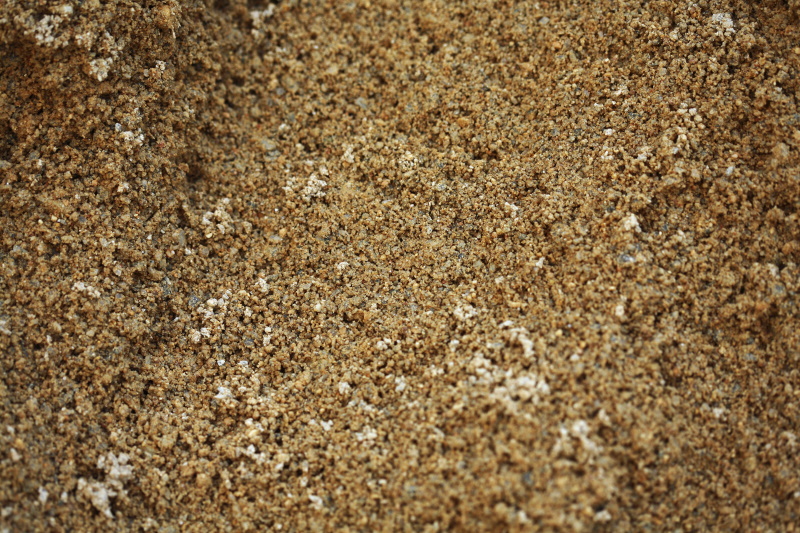
You want to locate a large enough area, at least five feet square is ideal plus space to add the straw bales around them. Make sure it is fairly flat. It’s ideal if it’s in direct sunlight at least part of the day.
One option is to locate the bin on an area that you want to garden on later. That’s fine, but make sure it’s clear of grass and weeds.
Protect Your Compost Area
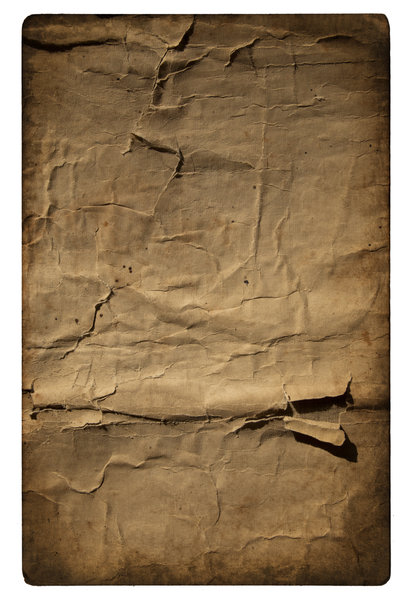
You don’t want grass or other weeds to grow into your compost bin or your straw bales. The best way to prevent this is to use weed mats or simple cardboard boxes that you want to lay out so that the straw bales and your compost will sit on the mats or boxes.
Lay Out the Straw Bales
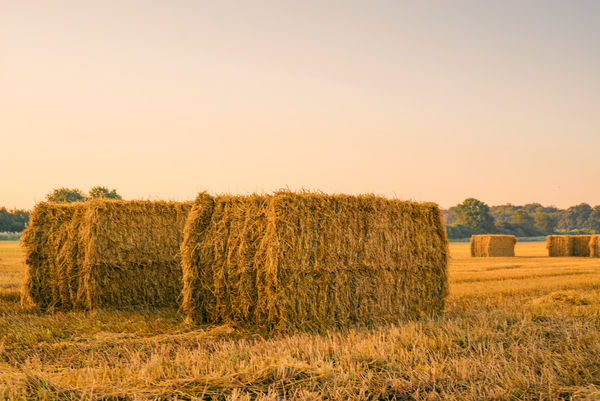
Lay out the first layer of straw bales so that they form a three-sided box around an area that is at least five feet square. That will give you room to compost.
Stack Up The Bales
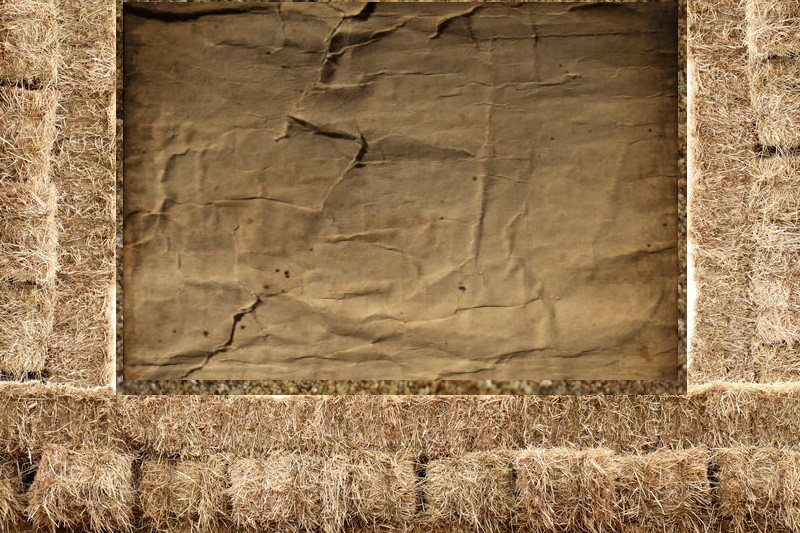
Stack the second layer of straw bales so that you now have three sides that are two bales high. Don’t go higher than two bales, you don’t want a compost pile that tall. It’s best to stagger them, so they are less likely to fall over. This might keep some wall parts short, but that’s okay. You are unlikely to have a compost pile that is more than one bale high.
Close Up the Bin (Optional)
If you want, you can use two more bales to create the fourth side to your compost bin once you add some material. The fourth side will help to better insulate your compost bin but make sure that you can easily move this fourth wall to allow for turning, adding water, or adding more material.
Now you can use your compost bin just as you would any other bin. Add your greens and browns in the right ratio, turn it periodically, and keep it moist. You can cover it if you want to keep in the moisture and the heat. That will make it compost more efficiently. A large tarp or piece of plastic can help with this.
Eventually, the straw will start to compost naturally. When it’s breaking down, you can also cut the twine holding it together and add the straw to your compost. If it’s cotton or other natural material, the twine can be composted too.
Supply:
- Straw Bales
Tools:
- Pitchfork or aerator
Can I Add Straw to Compost?
You sure can. Straw has several uses, including animal bedding, mulch, landscaping, and as a barrier. After many of these uses, you can then compost what is left over, which is great to ensure you get the most out of it.
There are a few times you want to avoid straw in compost, and you always want to make sure that you are composting straw and not hay or your compost could turn into a bed of alfalfa, grass, cloves, or other plants that you don’t want to add to a garden or flower bed.
